
Meriem Bensouda, Ph.D.
@bensoudameriem
ML scientist @AltosLabs, PhD @ENS_ULM | AI to find novel molecular mechanisms of cell health | I tweet about AI in biology, target discovery, & immunology
ID: 1062676279491727360
14-11-2018 11:59:03
338 Tweet
365 Followers
1,1K Following

Congratulations Vevo Therapeutics team! It turns out mapping billions of drug-gene interactions in vivo gives you the right kind of data for training in silico models of humans cancers.



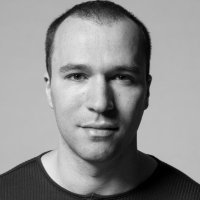
During my sabbatical, one project I really enjoyed was training DNA foundation models with the team at Arc Institute. I've long believed that deep learning should unlock unprecedented improvements in medicine and healthcare — not just for humans but for animals too. I think this

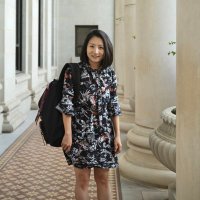
Shout out to Yuqi Tan Ph.D. 🎉 The intelligent brain behind spatial proteomics: from a deck of fluorescent images to tabular expression matrix of proteins with spatial coordinates! Check her brilliant work “SPACEc” here: biorxiv.org/content/10.110…



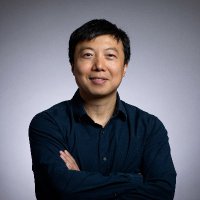


Happy New Year🎉 Thrilled to start 2025 with a $1M award from CZI Science Chan Zuckerberg Initiative to study the maternal brain using AI! We're grateful for the chance to advance science for mothers worldwide🧠 The Ann S. Bowers Women's Brain Health Initiative Geometric Intelligence Lab Emily G. Jacobs 🦋 @emilyjacobs.bsky.social Susana Carmona Magdalena Martínez-García PhD🦋



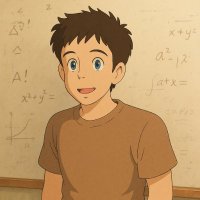
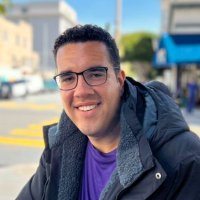

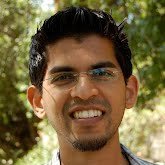
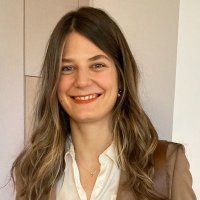
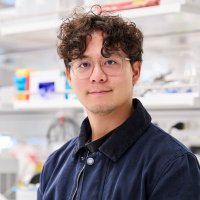
Today Arc Institute releases State, our first perturbation prediction AI model and an important step towards our goal of a virtual cell State is designed to learn how to shift cells between states (e.g. “diseased” to “healthy”) using drugs, cytokines, or genetic perturbations






